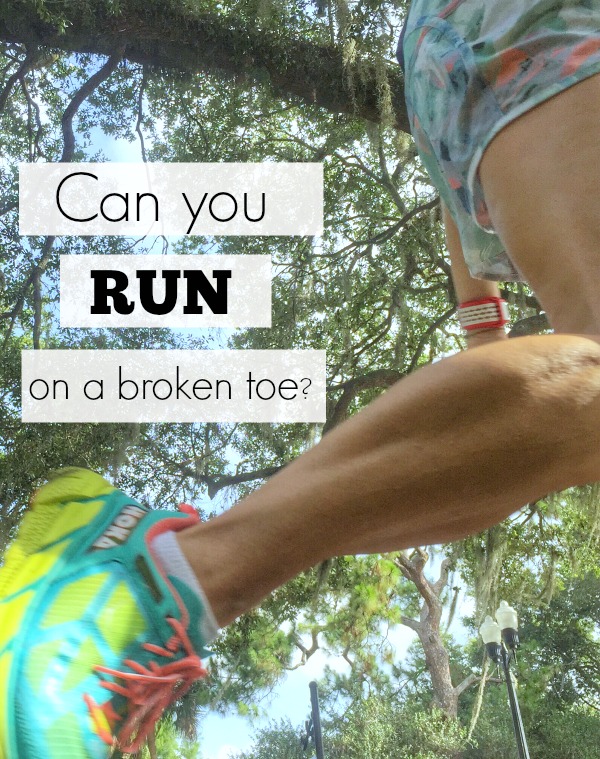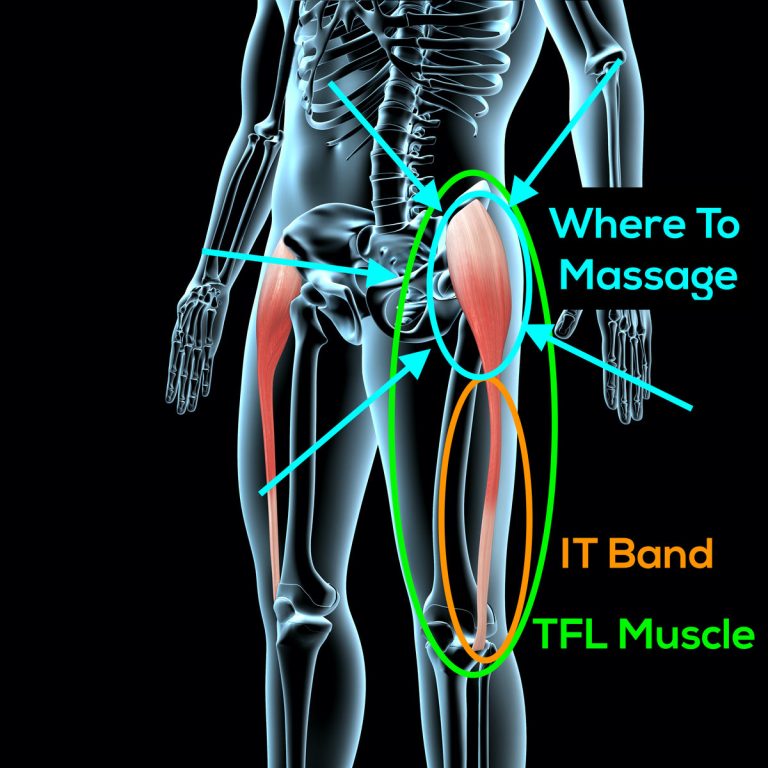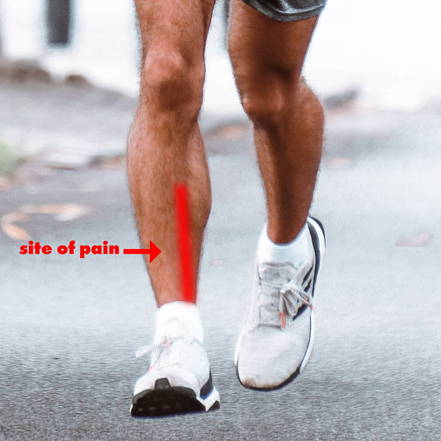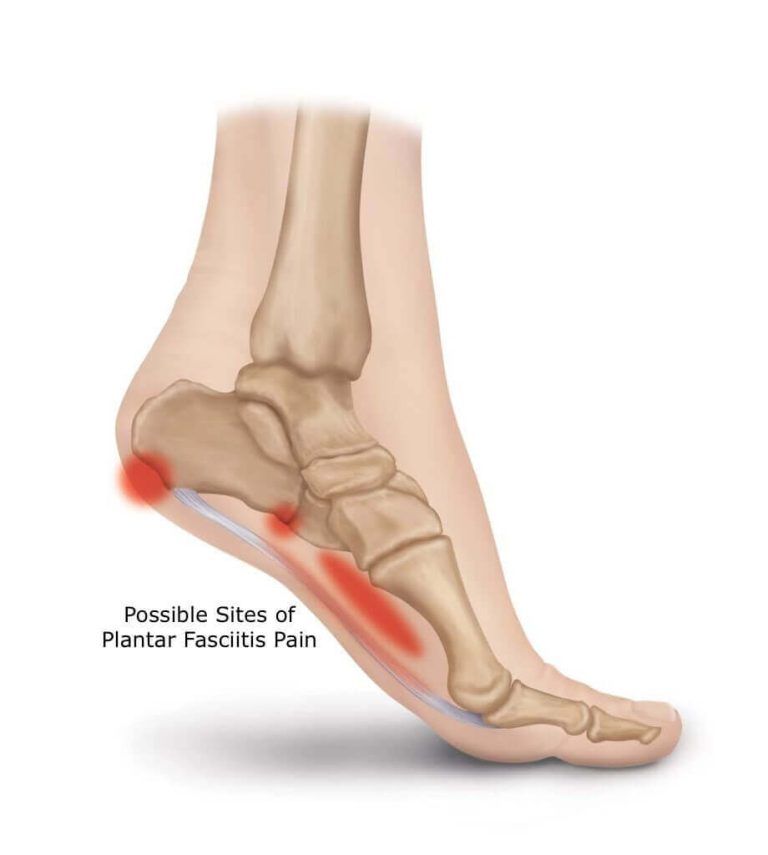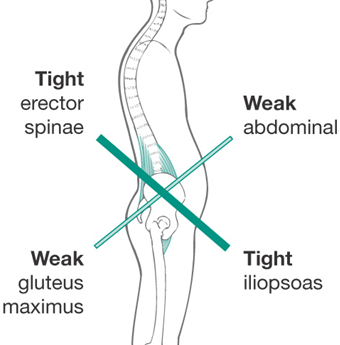Can You Run with a Sprained Toe?
Yes, you can run on with a sprained toe, depending on the severity.
However, it’s important to listen to your body and consult a medical professional for proper guidance. Running with a broken toe or a sprained toe can be tempting if you have a high pain tolerance or are training for an important event.
However, pushing through the pain can exacerbate the injury and prolong your recovery time. It’s crucial to prioritize your health and well-being by giving your toe the rest and care it needs. By understanding the differences between running with a broken toe versus a sprained toe, you can make informed decisions to support your healing process.
Running With A Sprained Toe
Recovery Period
Ensure to allow adequate time for proper healing of a sprained toe.
Rehabilitation Exercises
Gradually introduce low-impact exercises to rebuild strength in the toe.
Common Mistakes To Avoid
Running on a broken toe or a sprained toe can worsen the injury and delay healing. It is best to rest and avoid putting weight on the affected foot to allow for proper recovery.
Ignoring Pain Signals
Avoid ignoring the pain signals your body sends.
- Listen to your body to prevent worsening the injury.
- Seek medical attention if the pain persists.
Overloading The Injured Toe
Avoid overloading the injured toe as it can slow down recovery.
- Rest the toe to allow it to heal properly.
- Avoid putting excessive pressure on the toe.
Preventing Toe Injuries
Running with a toe injury can exacerbate the damage and prolong the recovery process. Therefore, it’s essential to take preventive measures to avoid toe injuries. Here are some crucial steps you can take to prevent toe injuries:
Choosing Appropriate Footwear
Wearing suitable footwear is paramount in preventing toe injuries. Opt for shoes that provide adequate toe space, cushioning, and arch support. The right footwear can reduce the impact on your toes while running, lowering the risk of injuries.
Stretching And Strengthening Exercises
Engaging in regular stretching and strengthening exercises can help fortify the muscles and ligaments surrounding the toes. Perform exercises that specifically target the toe muscles, such as toe curls and towel scrunches, to enhance their flexibility and strength.
When To Seek Medical Advice
If you have a broken or sprained toe, it’s essential to seek medical advice for proper treatment. Running on a broken toe can worsen the injury, while running on a sprained toe can also lead to complications. Seeking medical advice will help ensure the quickest and safest recovery.
Persistent Or Increasing Pain
If you are experiencing persistent or increasing pain in your broken or sprained toe, it is important to seek medical advice. Pain that continues for an extended period of time or worsens over time can be a sign of a more serious injury or complication.
Unusual Swelling Or Bruising
Unusual swelling or bruising in the affected toe could indicate a more severe injury. If you notice significant swelling that does not improve or bruising that spreads beyond the immediate area of the injury, it is recommended to consult a medical professional.
In addition to persistent pain, swelling or bruising, there are other factors that may require you to seek medical advice. These include:
Difficulty Walking Or Putting Weight On The Injured Toe
If you find it challenging to walk or put weight on the injured toe, it is advisable to seek medical attention. Difficulty in mobility can be a sign of a fracture or severe sprain that needs proper medical evaluation and treatment.
Visible Misalignment Of The Toe
If you notice any visible misalignment of the toe, such as it pointing in an unusual direction or appearing crooked, it is important to have it assessed by a medical professional. Misalignment can indicate a dislocation or fracture that requires proper alignment and stabilization.
Open Wounds Or Breaks In The Skin
If the injured toe has open wounds or breaks in the skin, it is essential to seek medical advice. Open wounds increase the risk of infection and may require special care or treatment to prevent complications.
Numbness Or Tingling Sensation
If you experience numbness or a tingling sensation in the injured toe, it could be a sign of nerve damage. Seeking medical advice is crucial to assess the extent of the injury and determine the best course of action.
Summary
In conclusion, if you have a broken or sprained toe, it is important to pay attention to persistent or increasing pain, unusual swelling or bruising, difficulty walking or putting weight on the injured toe, visible misalignment, open wounds or breaks in the skin, as well as numbness or tingling sensations. If any of these signs or symptoms are present, it is strongly recommended to seek medical advice to ensure proper diagnosis and appropriate treatment for a speedy recovery.
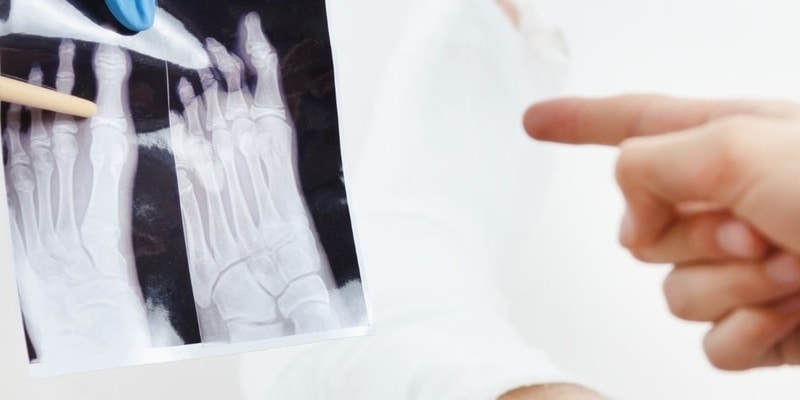
Credit: orthotoc.com
Frequently Asked Questions
Q: Can You Run On A Broken Toe?
A: Running with a broken toe can worsen the injury and delay the healing process. It’s best to avoid activities that put pressure on the toe.
Q: Is It Possible To Run With A Sprained Toe?
A: Running with a sprained toe can cause further damage and prolong the recovery time. It’s advisable to rest and allow the toe to heal properly.
Q: How Long Does It Take For A Broken Toe Or Sprained Toe To Heal?
A: The healing time for a broken or sprained toe varies, but it usually takes a few weeks to several months depending on the severity of the injury.
Conclusion
Running on a broken toe is not recommended as it can worsen the injury. A sprained toe may allow for some limited running, but caution is crucial. Always seek medical advice and follow proper treatment to ensure recovery and prevent further damage.
Take care of your feet!

